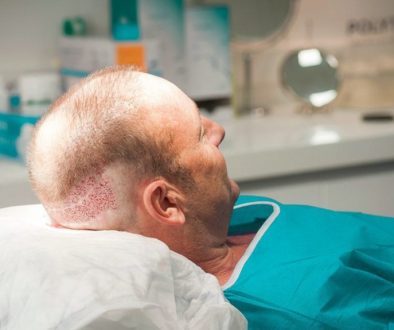How Long Can Hair Transplant Grafts Stay Out of the Body Before Implanted?
This hair loss question was answered by Dr. Glenn Charles of Florida who is a member of the Coalition of Independent Hair Restoration Physicians. His professional answer is below.
I was wondering, when a graft is extracted via follicular unit extraction (FUE), how long can it be kept outside the body before it is placed in the recipient area? Will keeping it outside the body too long impact hair growth?
 The goal for most hair restoration physicians is to have all the grafts placed back into the recipient sites within 6 hours. Grafts are very resilient, but must remain well hydrated to survive.
The goal for most hair restoration physicians is to have all the grafts placed back into the recipient sites within 6 hours. Grafts are very resilient, but must remain well hydrated to survive.
It has been proven that dehydration is the the number one factor thatcan have the most negative effect on the grafts and inhibit hair regrowth. This is why in large cases 2500 follicular unit or more it is necessary to have enough assistants to get the job done within the proper time limits.
Since follicular unit extraction (FUE) is a slower process, not as many grafts should be retrieved from donor area before time would become a factor, and the grafts would need to be placed into the recipient sites.
Dr. Glenn Charles, D.O.
—
Bill Seemiller
Associate Publisher/Editor
Technorati Tags: hair loss, follicular unit extraction, FUE, hair growth, hair restoration, hair regrowth




November 25, 2009 @ 8:09 am
This question has been one of my main research interests over the last 15 years. I have tried various holding solutions for the grafts to see which is best and think we have finally found the answer. The holding solution we have developed uses a tissue transplant media supplemented with a patented energy nutrient for grafts. In laboratory testing, this solution has kept cells from the hair follicle viable for up to 2 weeks at cold temperatures. When tested in an actual patient, we were able to achieve near complete survival of grafts kept out of body for 5 days. I reported this at our annual scientific meeting in Amsterdam in July, 2009 and will publish this study in a medical journal next year. We have used this solution in all our hair transplant cases for the last year and think it represents a major advance for the field.